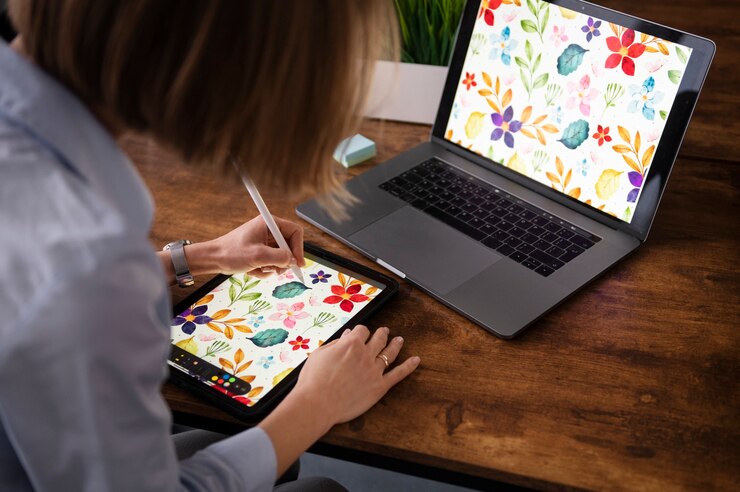In the digital age, an artist’s website is not just a portfolio but a canvas where creativity meets functionality. Whether you’re a painter, sculptor, photographer, or digital artist, designing a website that is visually captivating and easy to navigate is essential for engaging visitors and showcasing your artistic talent effectively. Read More
Visual Appeal: Making Your Art Shine
1. Clean and Minimalist Design:
- Purposeful Layouts: Opt for a clean, minimalist design that allows your artwork to take center stage. Use ample white space to create a sense of balance and focus attention on your pieces.
- Consistent Aesthetic: Maintain a consistent color palette and typography across your website to reinforce your artistic brand and create a cohesive visual identity.
2. High-Quality Visuals:
- Optimized Images: Display high-resolution images of your artwork to showcase details and textures effectively. Ensure images load quickly without compromising quality, optimizing them for web viewing.
- Interactive Galleries: Use interactive galleries or sliders to present your portfolio in an engaging and dynamic format. Allow viewers to click or swipe through images for a hands-on browsing experience.
3. Visual Storytelling:
- Behind-the-Scenes Content: Share insights into your creative process through photos, videos, or blog posts. Include sketches, studio shots, or time-lapse videos to provide a glimpse into the journey behind each artwork.
- Narrative Captions: Use descriptive captions or artist statements to accompany each piece, offering context and enriching the viewer’s understanding of your artistic vision.
Navigation: Guiding Visitors Seamlessly
1. Intuitive Menu and Navigation:
- Clear Hierarchy: Design a user-friendly menu with clear categories such as “Portfolio,” “About,” “Contact,” and “Shop” (if applicable). Ensure visitors can easily navigate between sections without confusion.
- Mobile-Friendly Design: Optimize your website for mobile devices with responsive design elements. Ensure buttons and menus are easy to tap and navigate on smaller screens.
2. Search and Filter Options:
- Tagging and Categories: Implement tagging or categorization systems for your artworks. Allow visitors to filter artworks by medium, style, or theme, making it easier to explore specific interests.
- Search Functionality: Include a search bar for users to quickly find artworks or content based on keywords or titles, enhancing accessibility and user experience.
3. Call-to-Action (CTA) Buttons:
- Clear CTAs: Use prominent and visually appealing buttons for actions such as “Buy Now,” “View Portfolio,” or “Contact Me.” Ensure CTAs stand out while maintaining visual harmony with your website’s design.
- Strategic Placement: Position CTAs strategically throughout your website, especially at the end of portfolio pages or blog posts, to encourage engagement and conversions.
Imaginative Touches: Elevating Your Website’s Appeal
1. Interactive Elements:
- Parallax Scrolling: Incorporate parallax effects or scrolling animations to add depth and visual interest to your website. Use these effects sparingly to highlight key elements or artworks.
- Interactive Maps: If relevant, include an interactive map showcasing locations where your artworks have been exhibited or sold. Add clickable pins with details for each location to enhance storytelling.
2. Testimonials and Social Proof:
- Client Testimonials: Display testimonials from satisfied clients or collectors to build trust and credibility. Use visual elements such as quotes overlaid on images of your artwork for added impact.
- Social Media Integration: Embed social media feeds or share buttons to encourage visitors to follow and share your work across platforms. Showcase your social media presence as part of your artistic narrative.
Conclusion
Designing a user-friendly and visually appealing website for artists involves a blend of creativity, functionality, and strategic navigation. By focusing on clean design principles, optimizing high-quality visuals, and ensuring intuitive navigation, you can create a compelling online presence that effectively showcases your artistic talent and engages your audience.
Incorporate imaginative touches and interactive elements to elevate your website’s appeal, making it a captivating digital gallery that invites visitors to explore, appreciate, and connect with your unique artistic vision. With these tips in mind, your artist website can become a powerful platform for attracting admirers, collectors, and opportunities in the competitive world of art and creativity.

